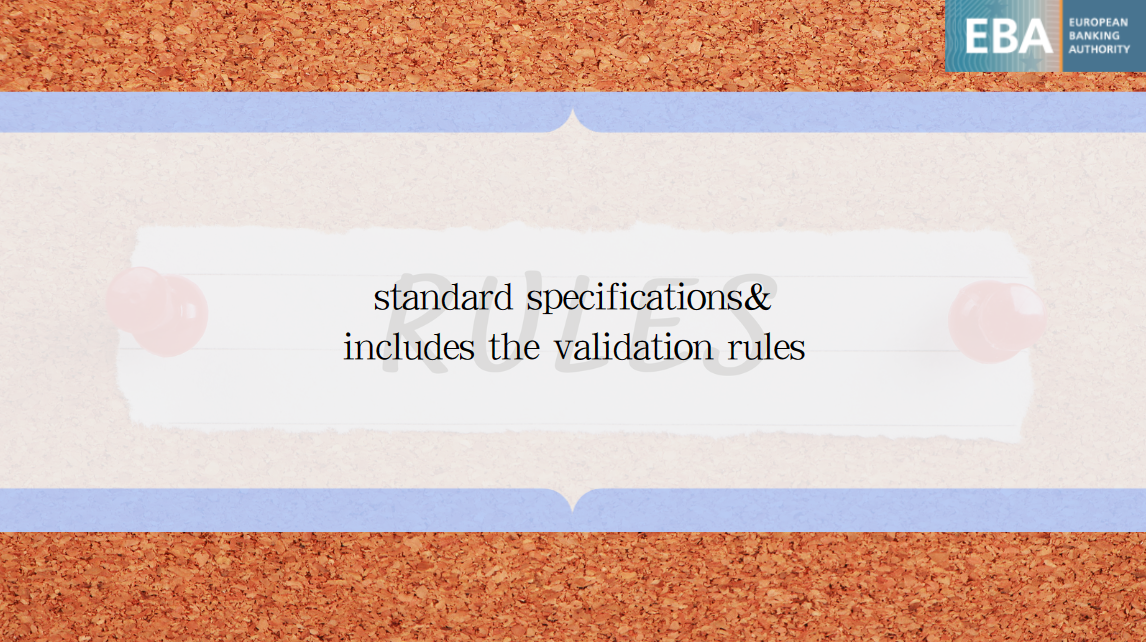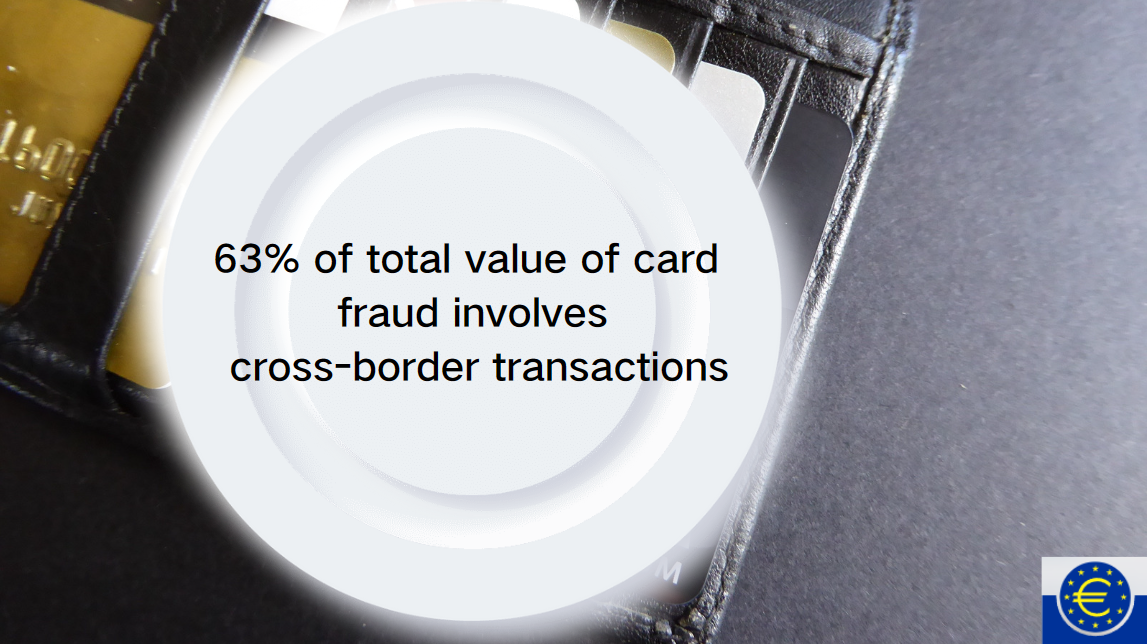Money market funds stress tests – overall resilience whilst LVNAVs exceed threshold in liquidity and credit risk scenarios
Stress testing MMFs in the EU – First evidence from fund reporting
The results show that liquidity and credit risks would be the most impactful for MMFs, in the context of the adverse scenario. The different redemption scenarios tested however show the capability of MMFs to meet redemption requests under adverse circumstances, despite a calibration reflecting the intensity of the March 2020 stress episode.
In the article ESMA also highlights the relative proximity of the LVNAV 20 bps threshold, which would be exceeded in the liquidity and credit risk scenarios. While this possibility is foreseen in the MMF Regulation, these findings support the concerns expressed in the ESMA opinion regarding the consequences of funds breaching the threshold.
ESMA Guidelines on MMF stress tests provide risk parameters to fund managers, which are updated on an annual basis according to an adverse scenario designed by the European Systemic Risk Board (ESRB) and the European Central bank (ECB). MMF managers in the EU are required to undertake stress tests in accordance with these rules and report the results of their simulations back to their national authorities and ESMA as part of their regular regulatory reporting.
This article presents the results of the stress tests reported at the end of 2021, drawing lessons from the stress episode affecting MMFs in March 2020 in a context of deep global recession caused by the COVID-19 pandemic.
Next steps
National authorities use MMF stress test results on an ongoing basis for their supervision. Evidence from this article will inform future enhancements of the MMF stress testing framework, in 2023 and onwards.






















































First, please LoginComment After ~